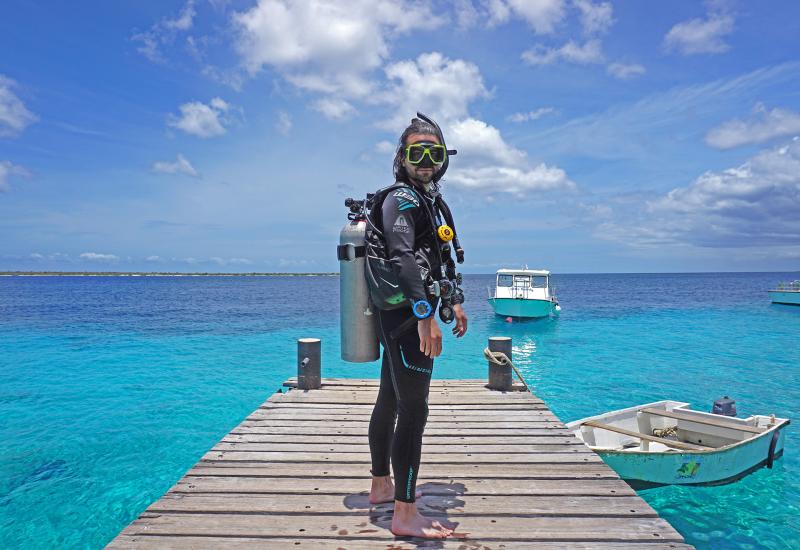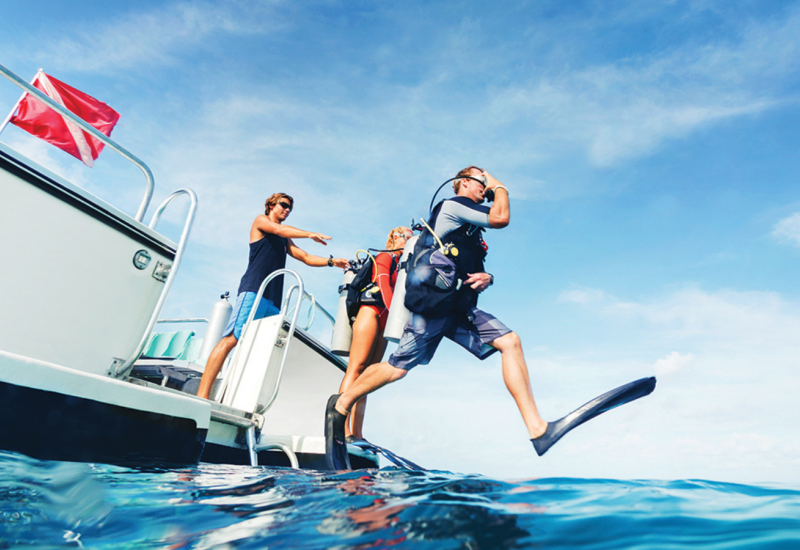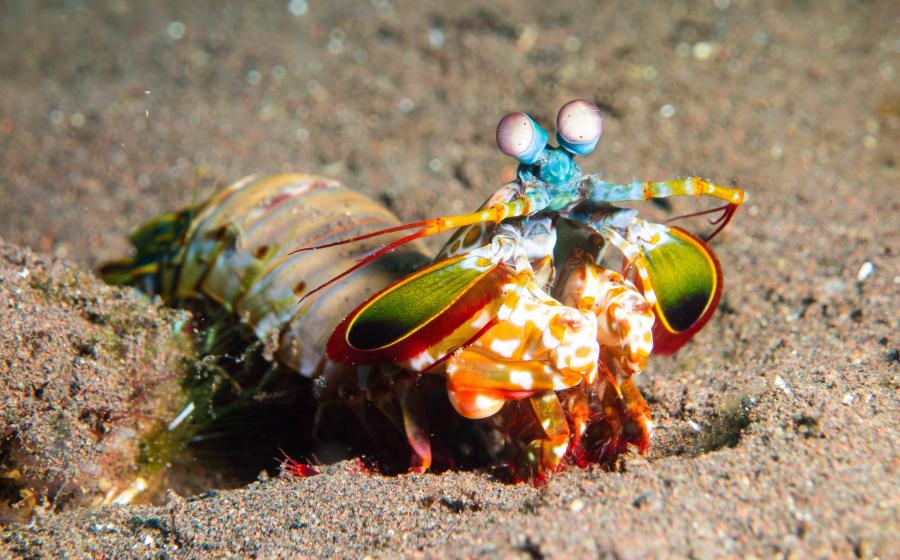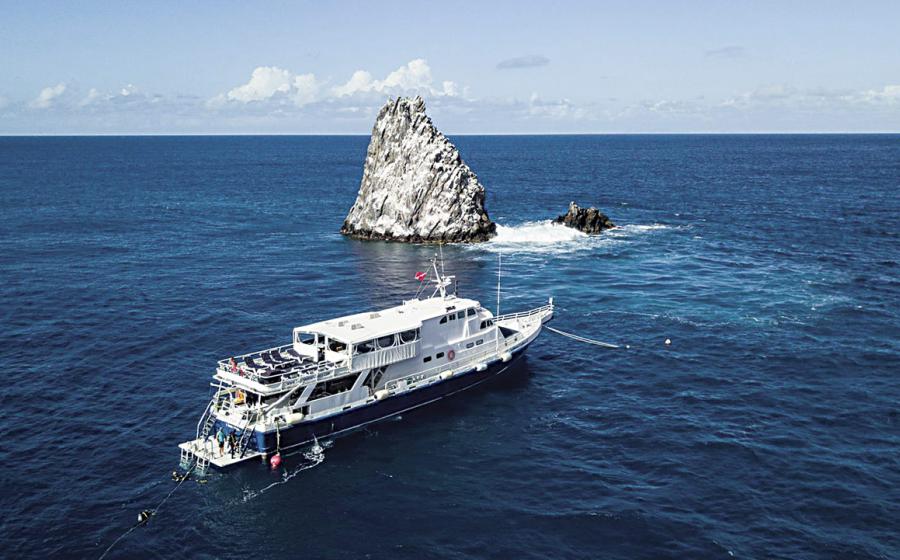5 Tips for Planning Your First Scuba Diving Trip

Thomas BurnsThere are amazing things to see all around the world — at every price level
Sharks? Turtles? Wrecks? When you first receive that shiny new C-card, everything sounds great. You just want to be underwater. But executing your first big dive trip can be a bit daunting — and unnecessarily pricey — if you don’t have a plan. Here are a few tips to help make that dream dive trip a reality.
Time to Talk Money
The first order of business should be to determine your budget. There are amazing things to see all around the world — at every price level. The length of your stay, style of resort, frequency of diving and distance to the destination will all affect your bottom line.
Choose Your Adventure
Not every beautiful island has great diving, and not every great dive destination is suitable for beginners. It’s not wise to back-roll into the waters of the Galapagos Islands for dive No. 3. Make sure you have a general idea of the experience that best suits your dive preferences — do you love bathtub conditions, or is cold water not an issue? Do you want to see big animals such as sharks and rays, or do you prefer to scour the reef for little critters? Take the time to study up on a few common dive destinations to determine what they have to offer before blindly buying that ticket.
Click the image below to see the full trip planner.
Home Away From Home
The style of resort you choose is critical in determining price and access to diving. You can stay in a rented condo, Airbnb or hotel, where lodging might be less expensive, but diving will need to be purchased separately through a local operator unless you plan to shore dive in a destination such as Bonaire. This option is great for DIY divers who prefer to plan their own meals and diving.
Many all-inclusive resorts either include diving as part of the overall fee — which will typically be higher because of the resort’s offerings, which many times include food, beverages and other services — or diving for an additional cost that is set up through the resort. If you enjoy the all-inclusive life, check to see if diving and gear rental are included with the price. But if you hope to spend your whole day either underwater or setting up for the next dive on the boat, an all-inclusive might not be the best choice.
Liveaboards are a great option for those looking to log as many dives as they can on one trip. Most liveaboards offer three to five dives a day, and include food in the price, allowing you to get the most dives for your buck. But if you prefer multiple restaurant options, spacious rooms and a chance to see a new part of your destination every night, land-based travel might be a better bet.
Season's Greetings
For some destinations, the changes between high and low season can be dramatic. The water temperature can plummet in the winter, requiring different exposure protection, and certain signature animal encounters might only happen seasonally. Check with a local operator to make sure you’re hitting the right time of year for the conditions — and creatures — you’re expecting. Most dive destinations have storm considerations, such as hurricane or monsoon season. You might find great deals on airfare and accommodations during these times, but it’s wise to purchase trip insurance to protect yourself — and your money.
Ask the Experts
If you’re looking for a great deal — and help cutting through the clutter — dive-travel specialists are a great resource. Dive-focused outfits such as Caradonna Adventures and Reef & Rainforest, for example, have special relationships and access to exclusive deals, along with professionals who can help take care of the messy details. If you’re flexible on travel dates and want discounted pricing, check sportdiver.com for the latest deals and discounts.











